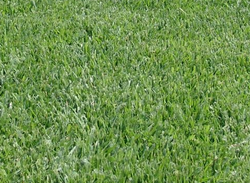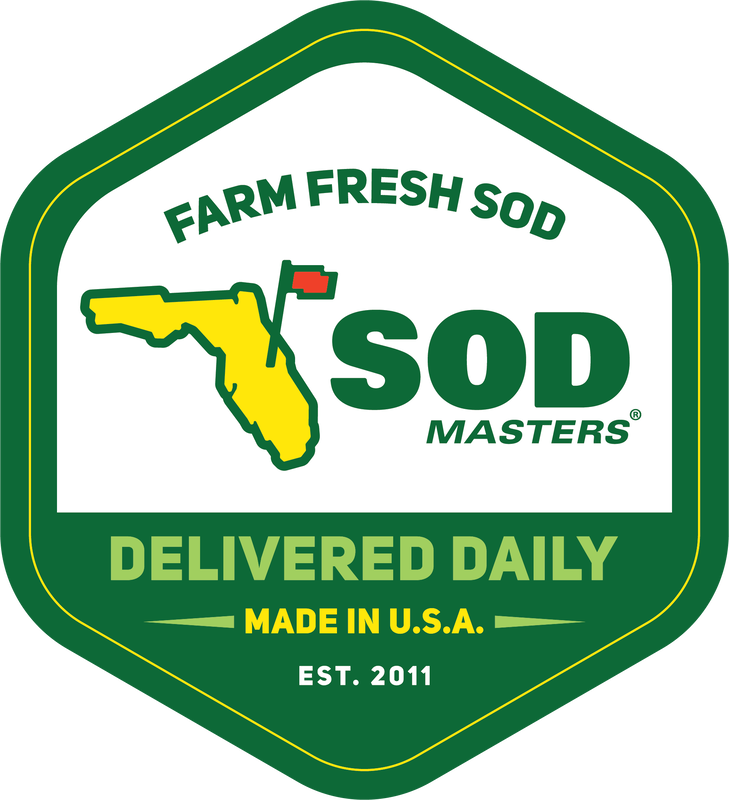
Step 1 - Apply Fertilizer. Sod Masters recommends a fertilizer with a 2-0-1 ratio (eg…(16-0-8))
Step 2 - Help prevent the onset of Summer weeds by applying a pre-emergent herbicide. To save money, cross off step 1 and 2 together by buying a fertilizer already mixed with a pre-emergent herbicide.
Step 3 - Keep an eye out for fungus (Especially Grey-Leaf Spot and Brown Patch). If you have had problems before or have an area with extra shade or moisture, apply a fungicide with an active ingredient. Water 1 inch per week, either from natural rainfall or from inground irrigation. Overwatering your St. Augustinegrass can lead to disease.
Step 4 - We recommend homeowners to wait before they apply insecticide during the early stages of Spring. Monitor your St. Augustinegrass each week for chinch bugs since they are the number 1 enemy for St. Augustine. Chinch bugs usually start showing up in Summer through early Fall. If you get chinch bugs, treat with an insecticide that contains Bifenthrin or Carbaryl.
Step 2 - Help prevent the onset of Summer weeds by applying a pre-emergent herbicide. To save money, cross off step 1 and 2 together by buying a fertilizer already mixed with a pre-emergent herbicide.
Step 3 - Keep an eye out for fungus (Especially Grey-Leaf Spot and Brown Patch). If you have had problems before or have an area with extra shade or moisture, apply a fungicide with an active ingredient. Water 1 inch per week, either from natural rainfall or from inground irrigation. Overwatering your St. Augustinegrass can lead to disease.
Step 4 - We recommend homeowners to wait before they apply insecticide during the early stages of Spring. Monitor your St. Augustinegrass each week for chinch bugs since they are the number 1 enemy for St. Augustine. Chinch bugs usually start showing up in Summer through early Fall. If you get chinch bugs, treat with an insecticide that contains Bifenthrin or Carbaryl.

 RSS Feed
RSS Feed
